20 Free Software Photos transparent PNG images
Discover our comprehensive collection of Software Photos, featuring 20 free AI-generated images that capture the essence of modern technology and digital innovation. Browse through our diverse selection of stock photos, 3D objects, vectors, and illustrations, all crafted to represent software interfaces, coding environments, and digital workspaces. Each image is available in high resolution for free download, and you can utilize our 'open in editor' feature on the image detail page to fine-tune the prompt and regenerate images that perfectly match your vision.
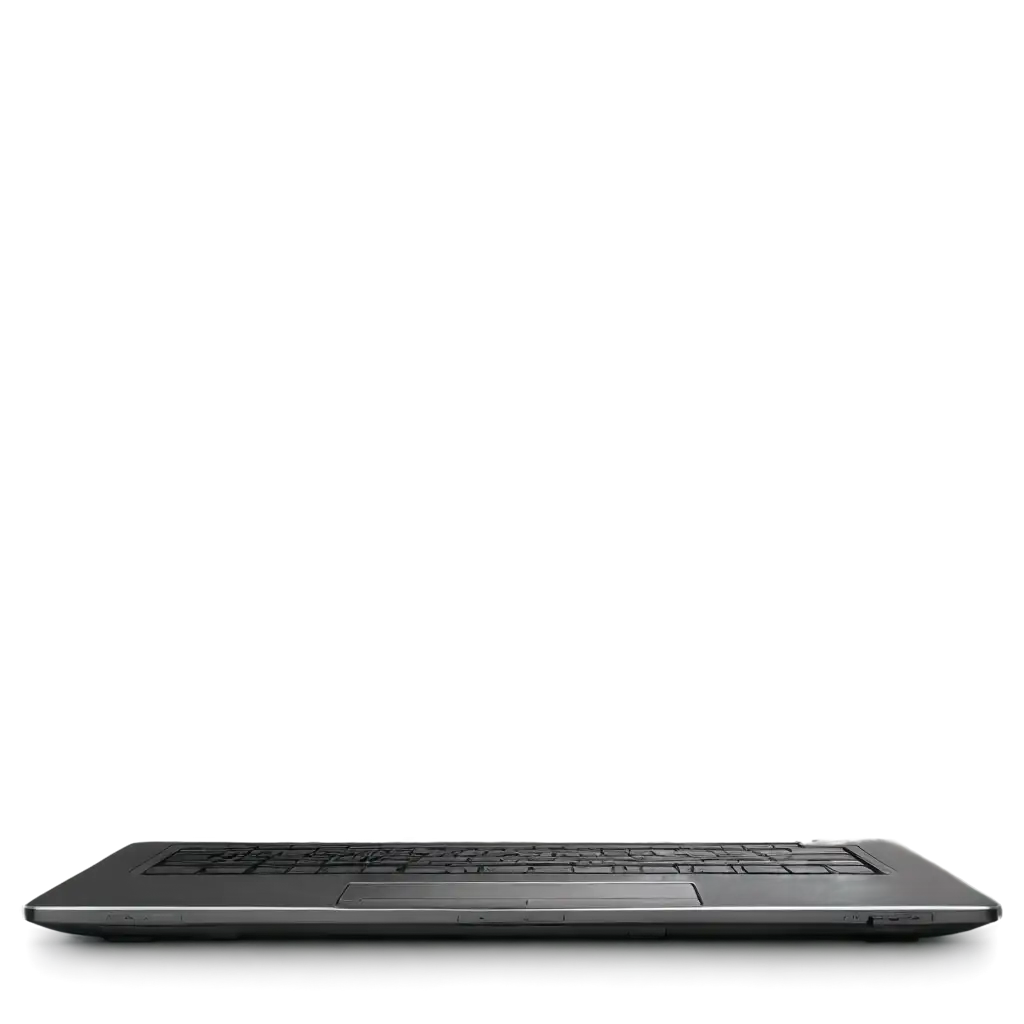
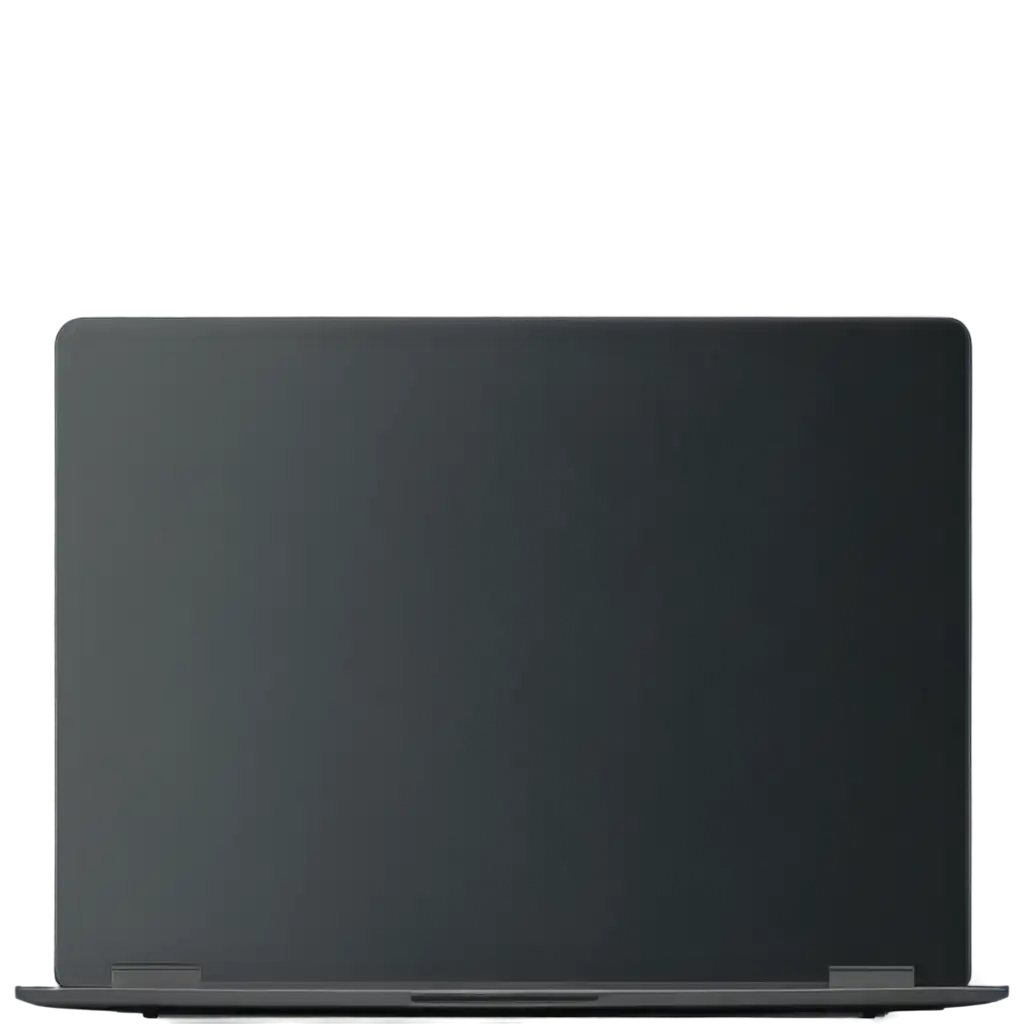
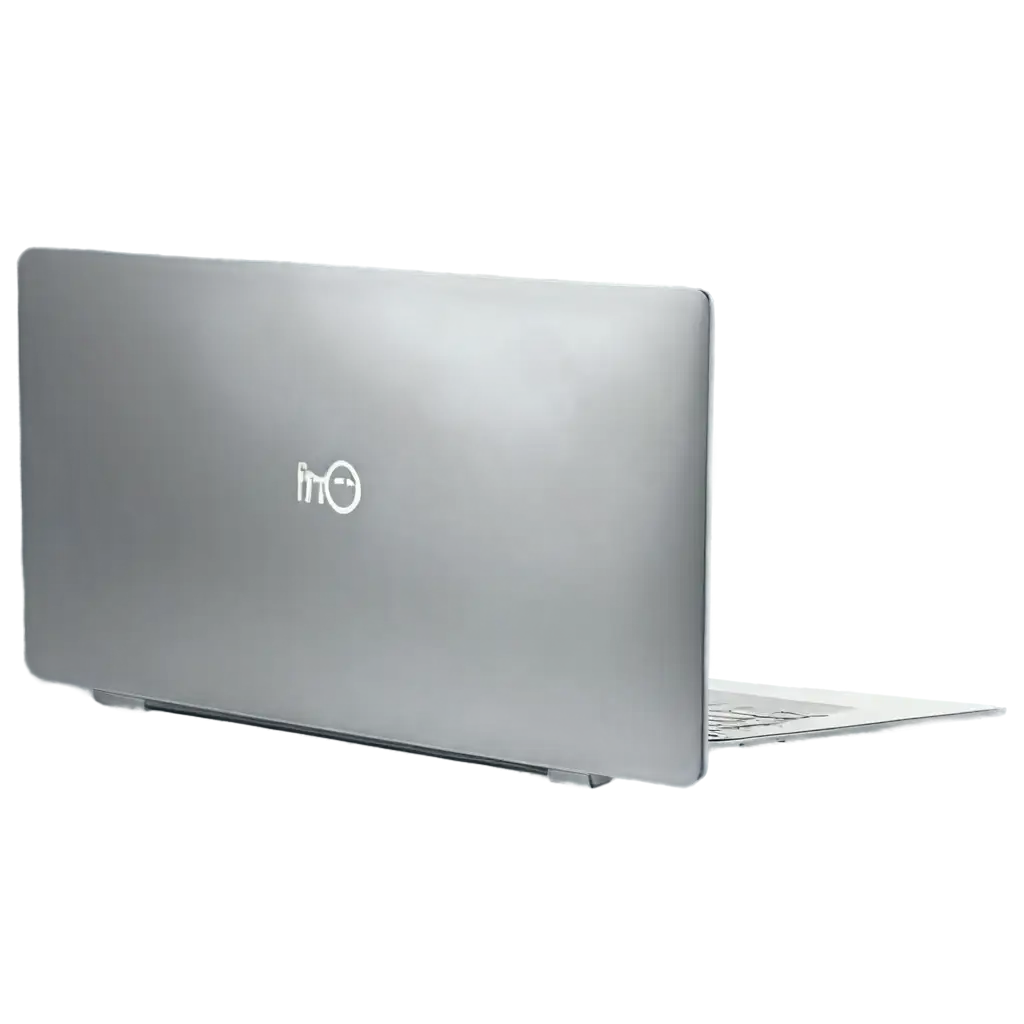
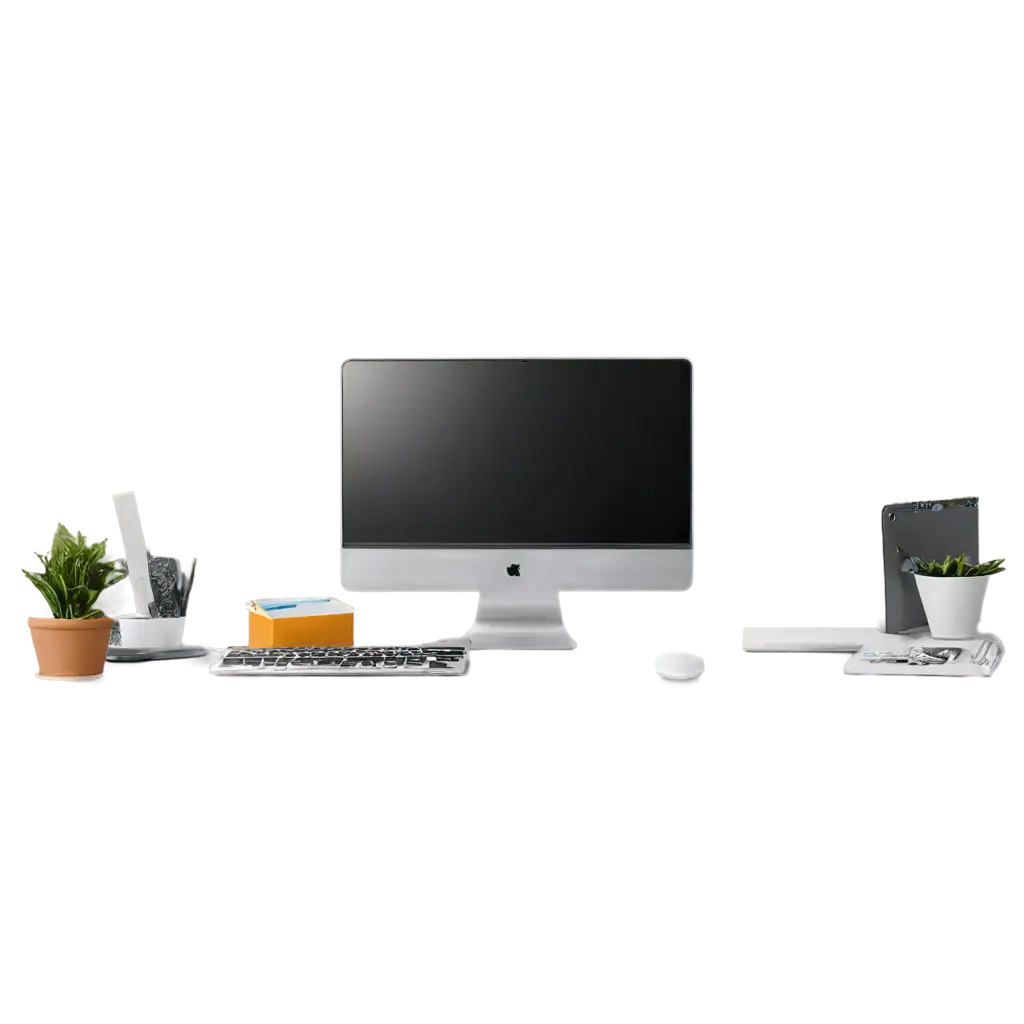
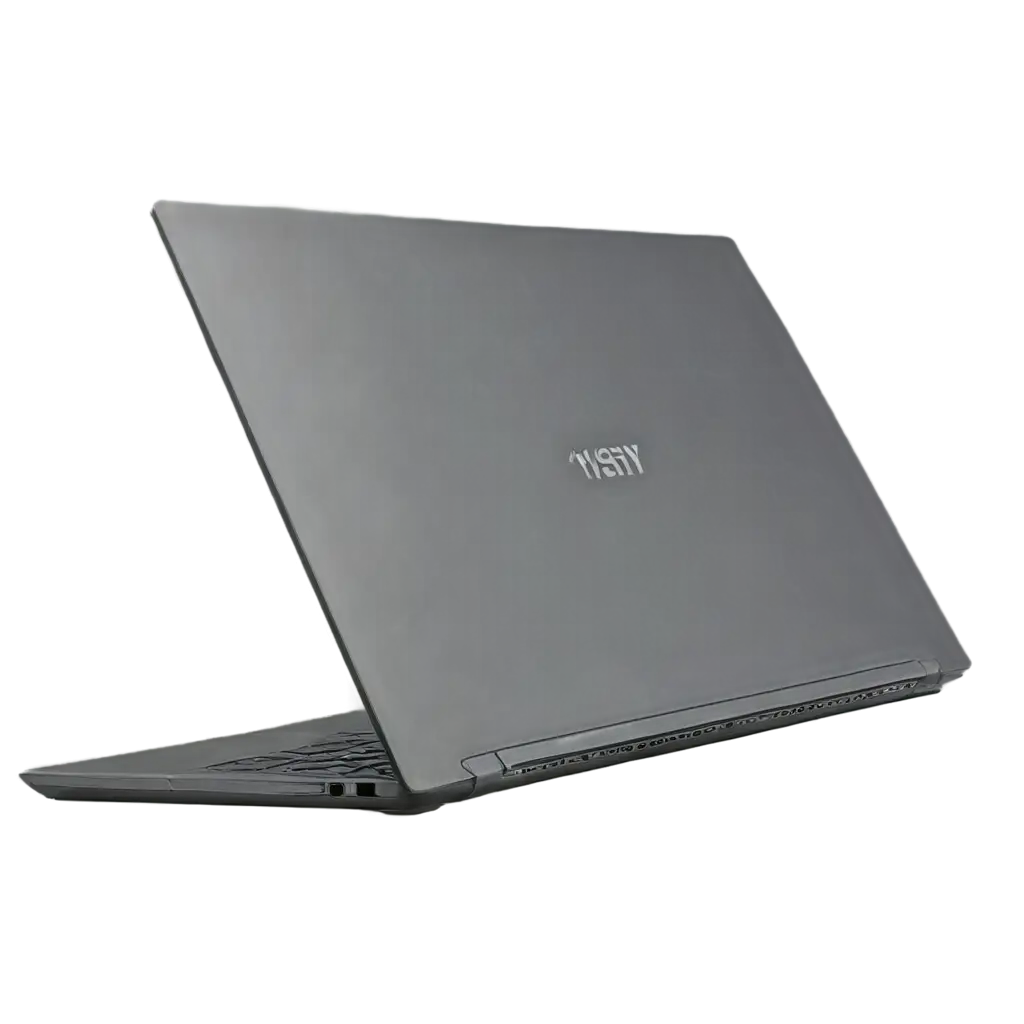
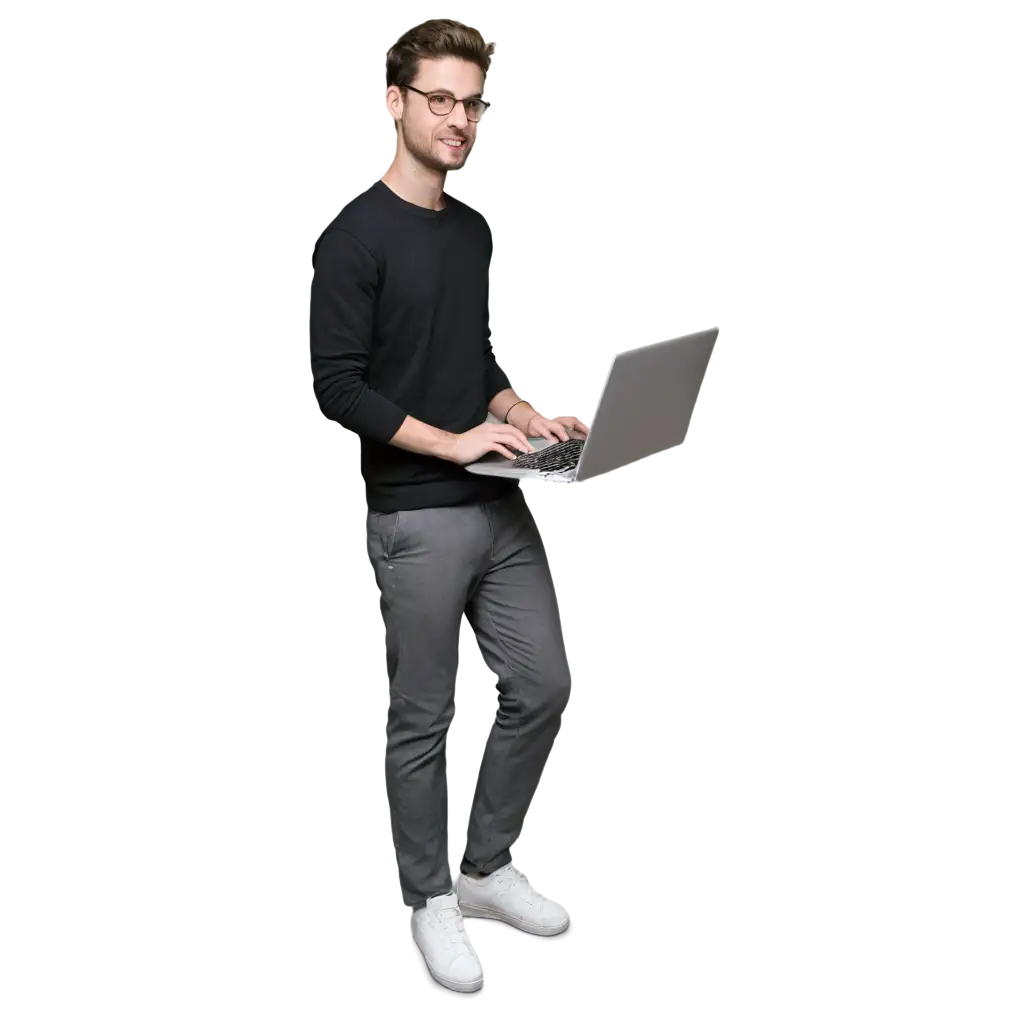
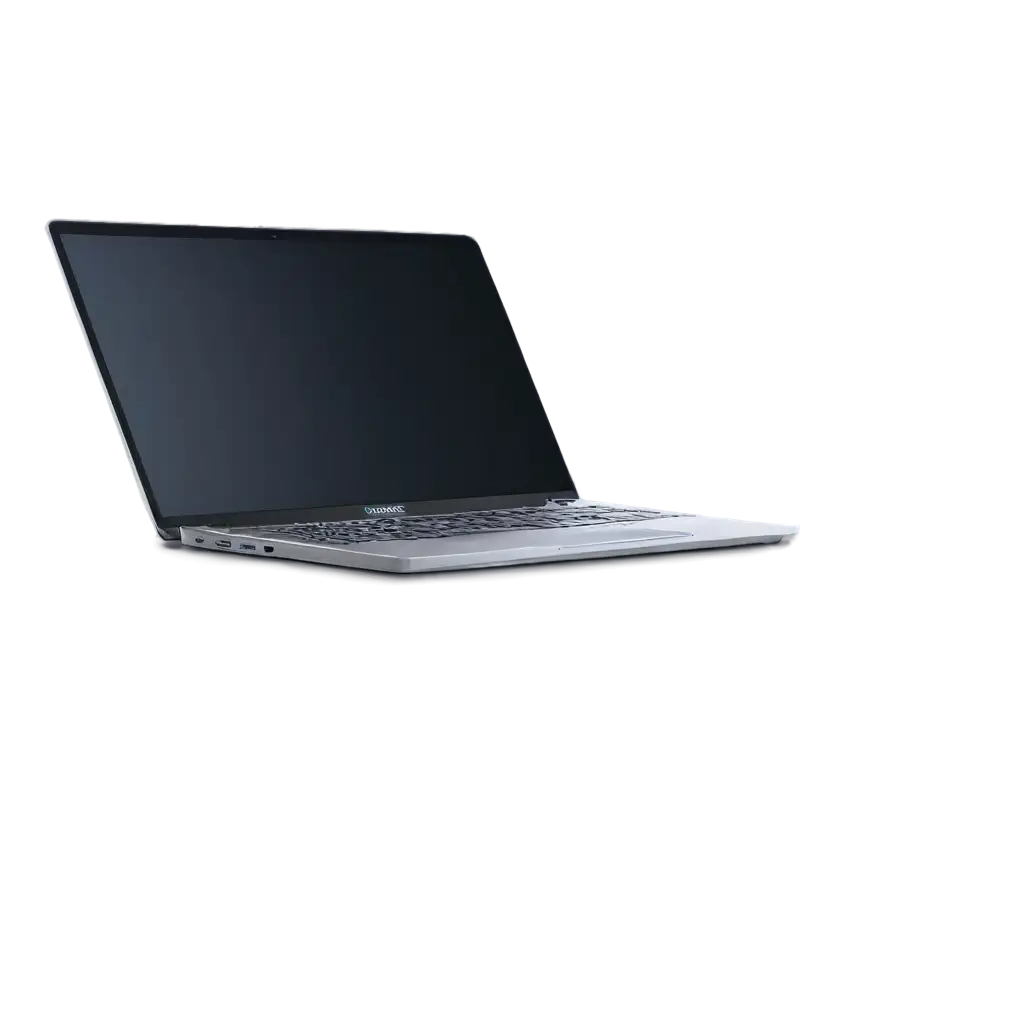

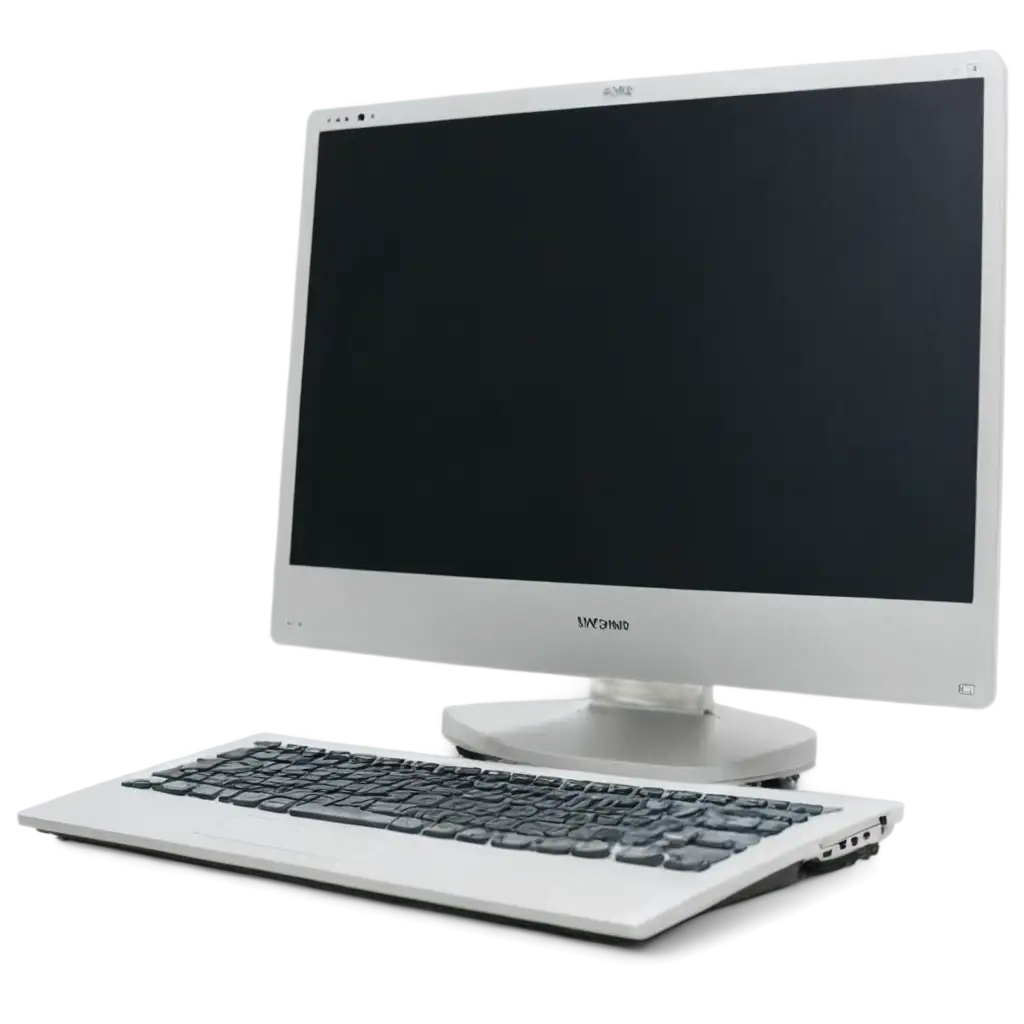


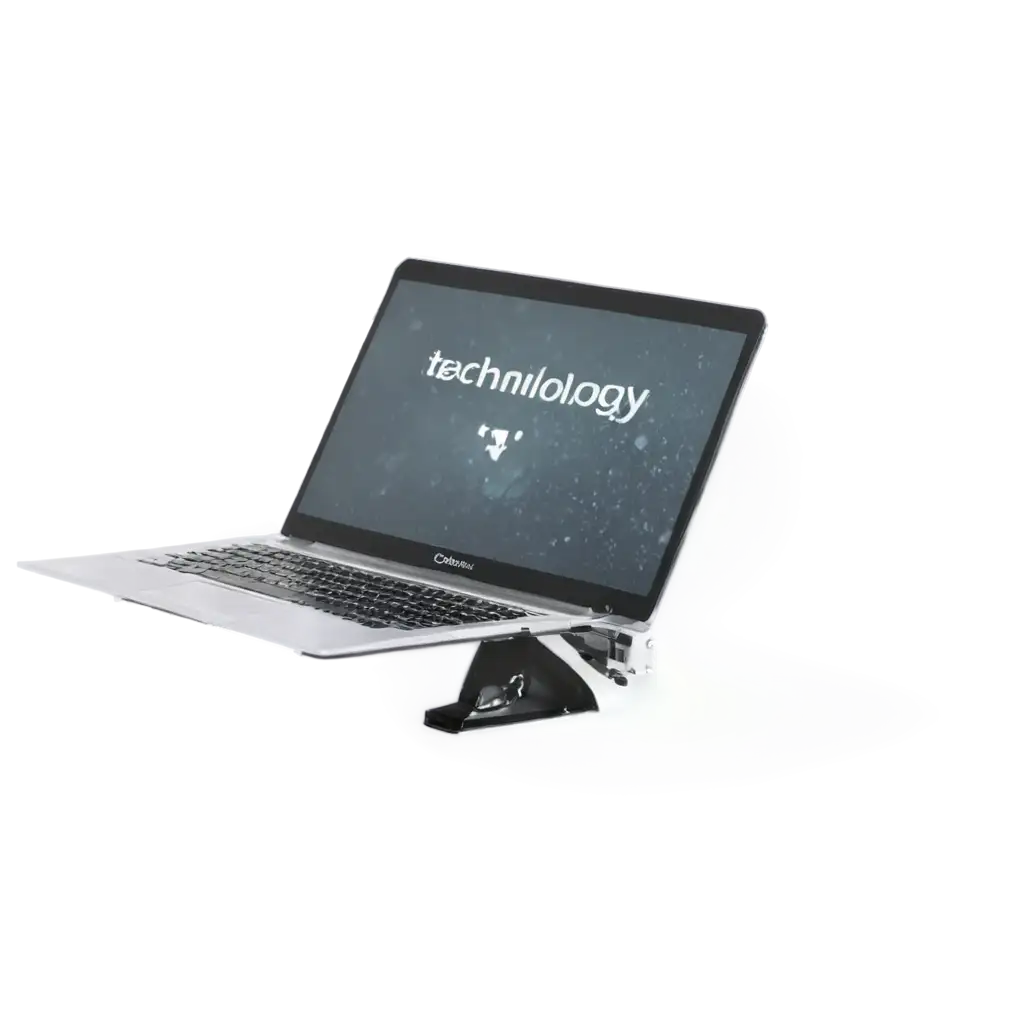

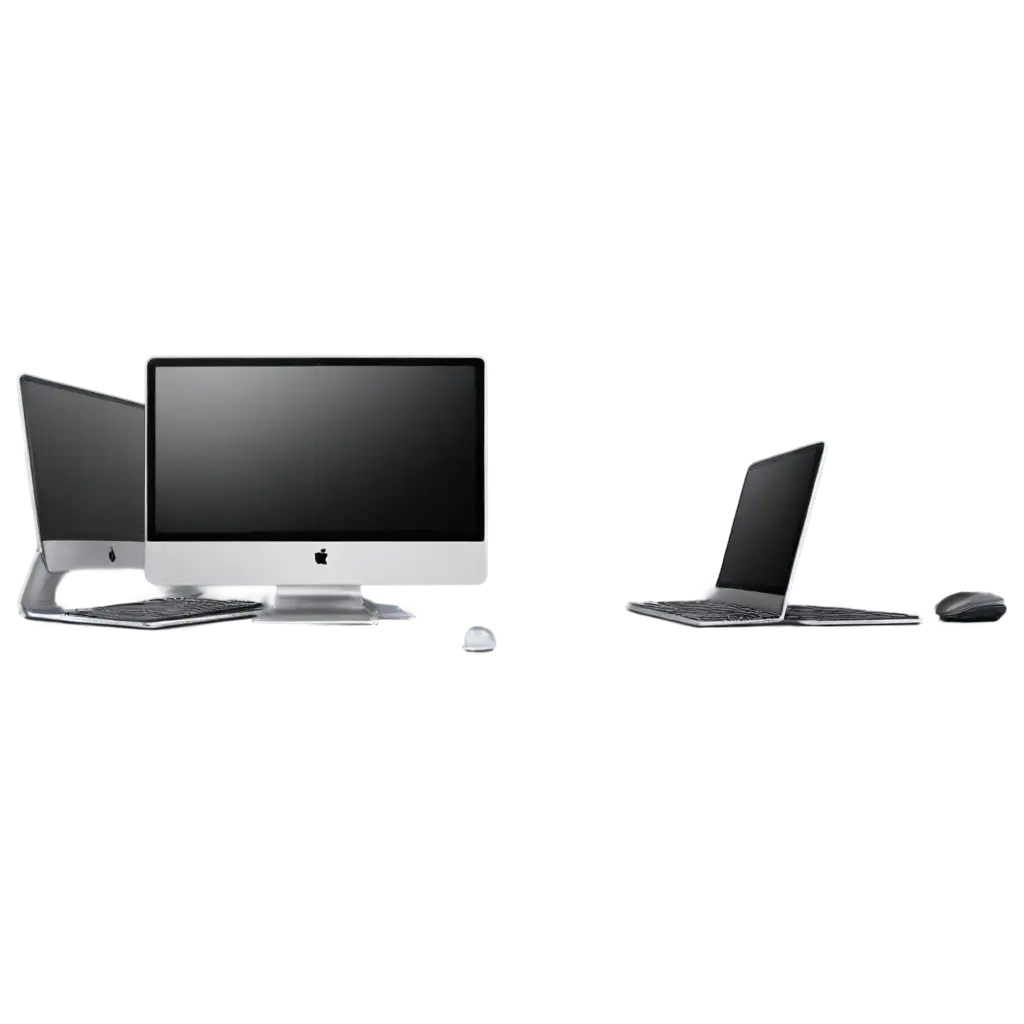

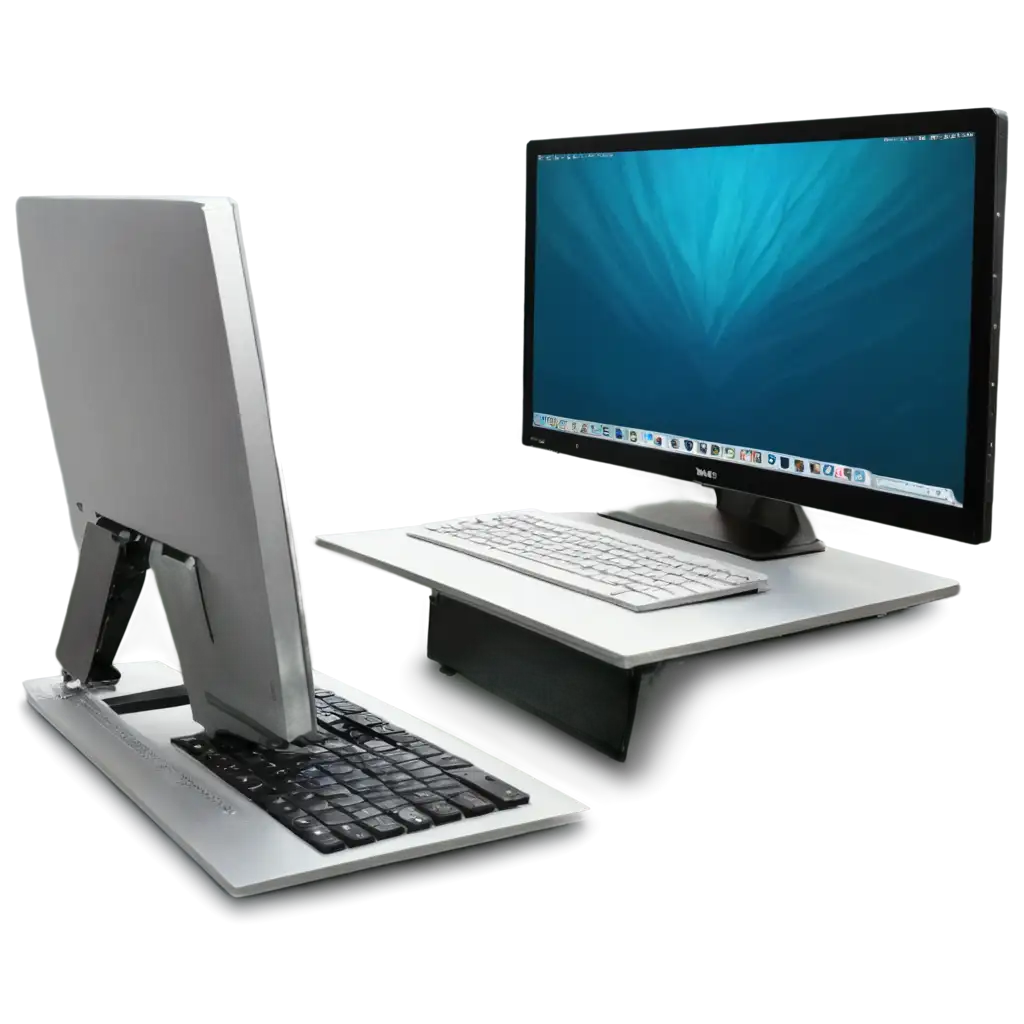

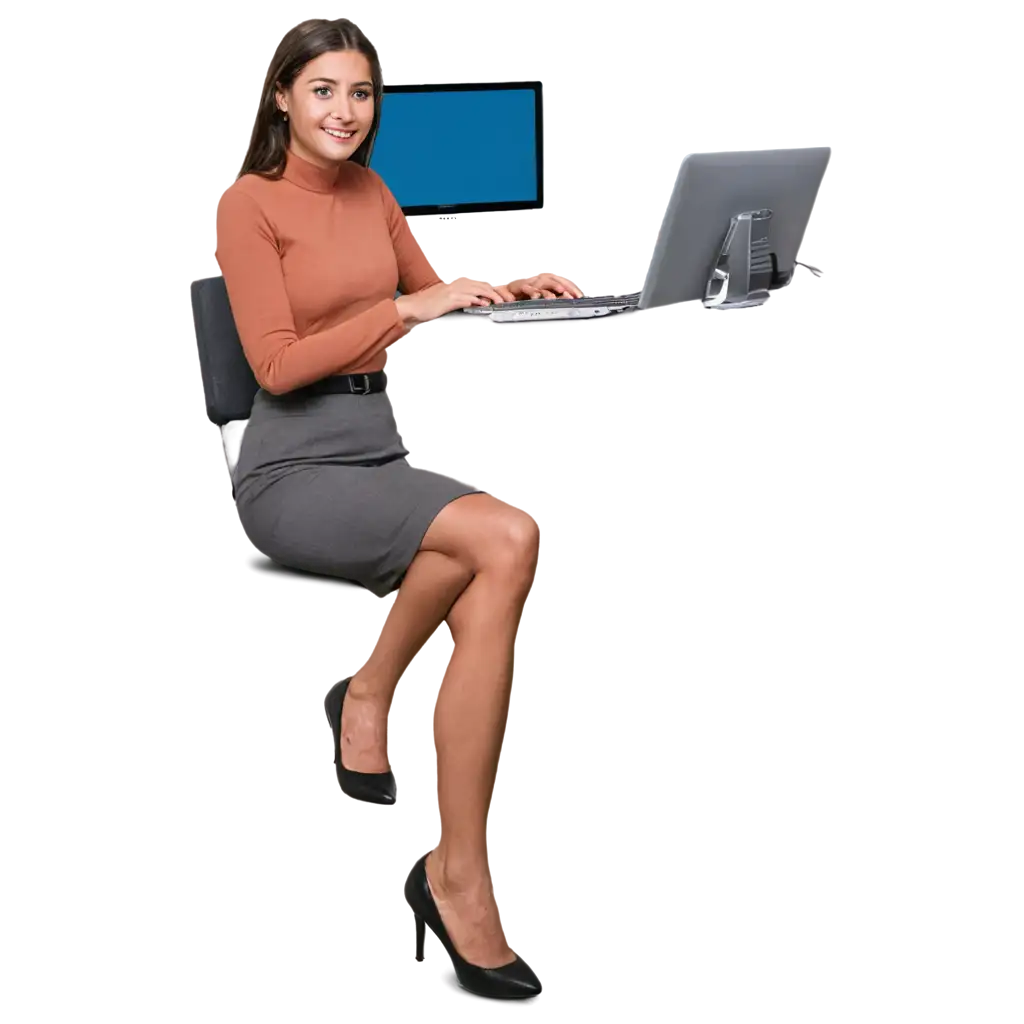
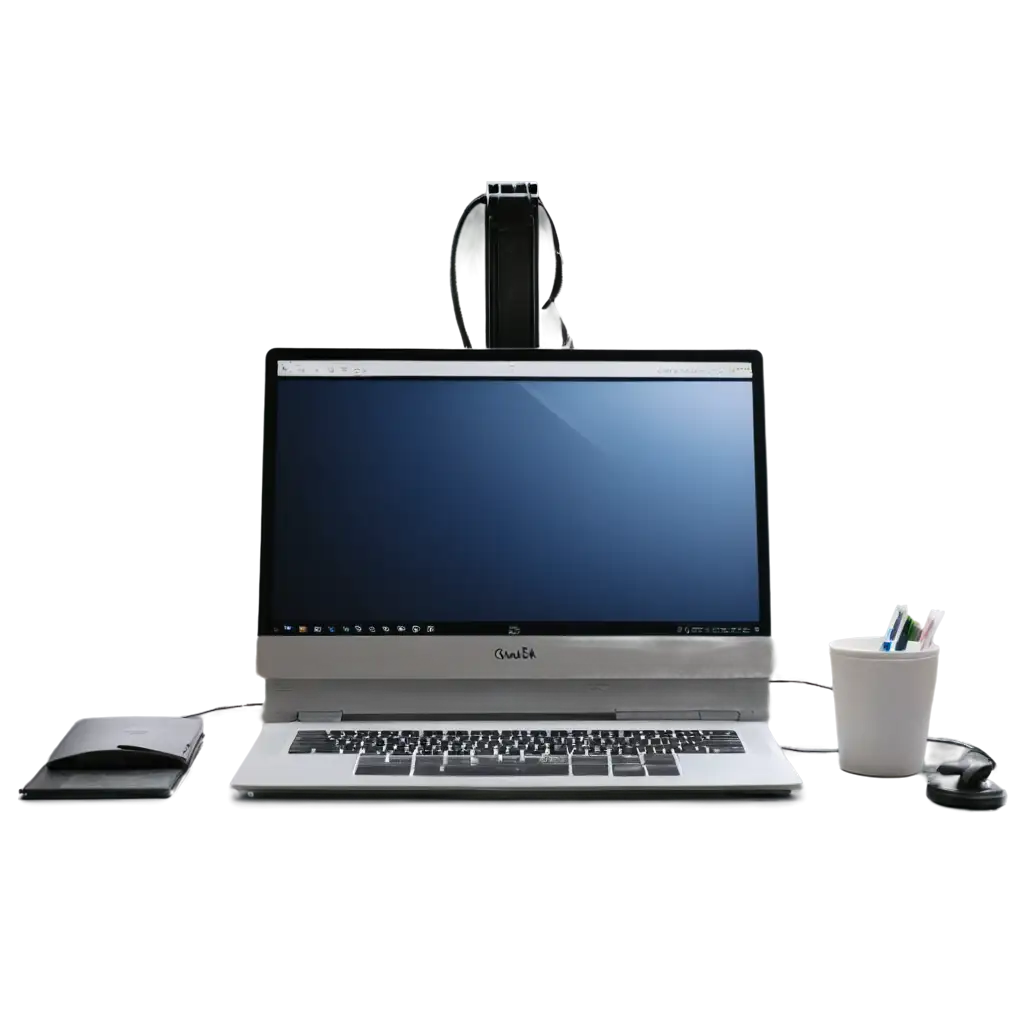
Related Tags
The visualization of software and digital technology has undergone significant transformation since the early days of computing. Initially limited to simple screenshots and basic interface elements, software photography has evolved to encompass sophisticated 3D renderings, abstract representations of code, and artistic interpretations of digital processes. This evolution reflects the growing complexity of software systems and the need to communicate technical concepts visually. Modern software photography often incorporates elements like glowing circuit patterns, floating user interface components, and dynamic data visualizations to represent the intangible nature of software in compelling ways.
Evolution of Software Visualization in Digital Media
Contemporary software photography combines technical accuracy with artistic expression to create visually striking images that effectively communicate complex digital concepts. Key elements include clean, minimalist compositions, strategic use of lighting to create depth and dimension, and the incorporation of modern design trends such as glassmorphism and neumorphism. Successful software photos often feature elements like floating screens, holographic interfaces, and abstract code representations. These images find applications in technology marketing, educational materials, corporate presentations, and digital product documentation. The rise of AI-generated imagery has expanded the possibilities, allowing for the creation of highly detailed and conceptually rich software visualizations that were previously difficult to achieve through traditional photography or design methods.
Creating Impactful Software Photography for Modern Applications
The field of software photography continues to evolve with emerging technological trends. Current innovations include the integration of augmented reality elements, representation of artificial intelligence concepts, and visualization of cloud computing infrastructure. Popular styles encompass dark mode aesthetics, gradient-rich compositions, and the incorporation of cyberpunk-inspired elements. The trend toward remote work has also influenced software photography, with increased demand for images depicting virtual collaboration tools and digital workspaces. These trends reflect the ongoing digital transformation across industries and the growing importance of visual storytelling in technical documentation and marketing materials.
Emerging Trends in Software Photography and Digital Representation
AI-generated software photography is revolutionizing digital content creation by offering unprecedented flexibility and customization options. This technology enables the rapid production of diverse software visualizations that can be tailored to specific needs and contexts. The impact is particularly significant in areas such as product documentation, where traditional photography might be limited by physical constraints. AI-generated images can easily represent abstract concepts, future technologies, and hypothetical software scenarios. This has led to more dynamic and engaging visual content in technical documentation, marketing materials, and educational resources. The ability to quickly iterate and modify images through prompt engineering has made it easier for creators to achieve their exact visual requirements while maintaining consistency across their content.
Impact of AI-Generated Software Photography on Digital Content Creation